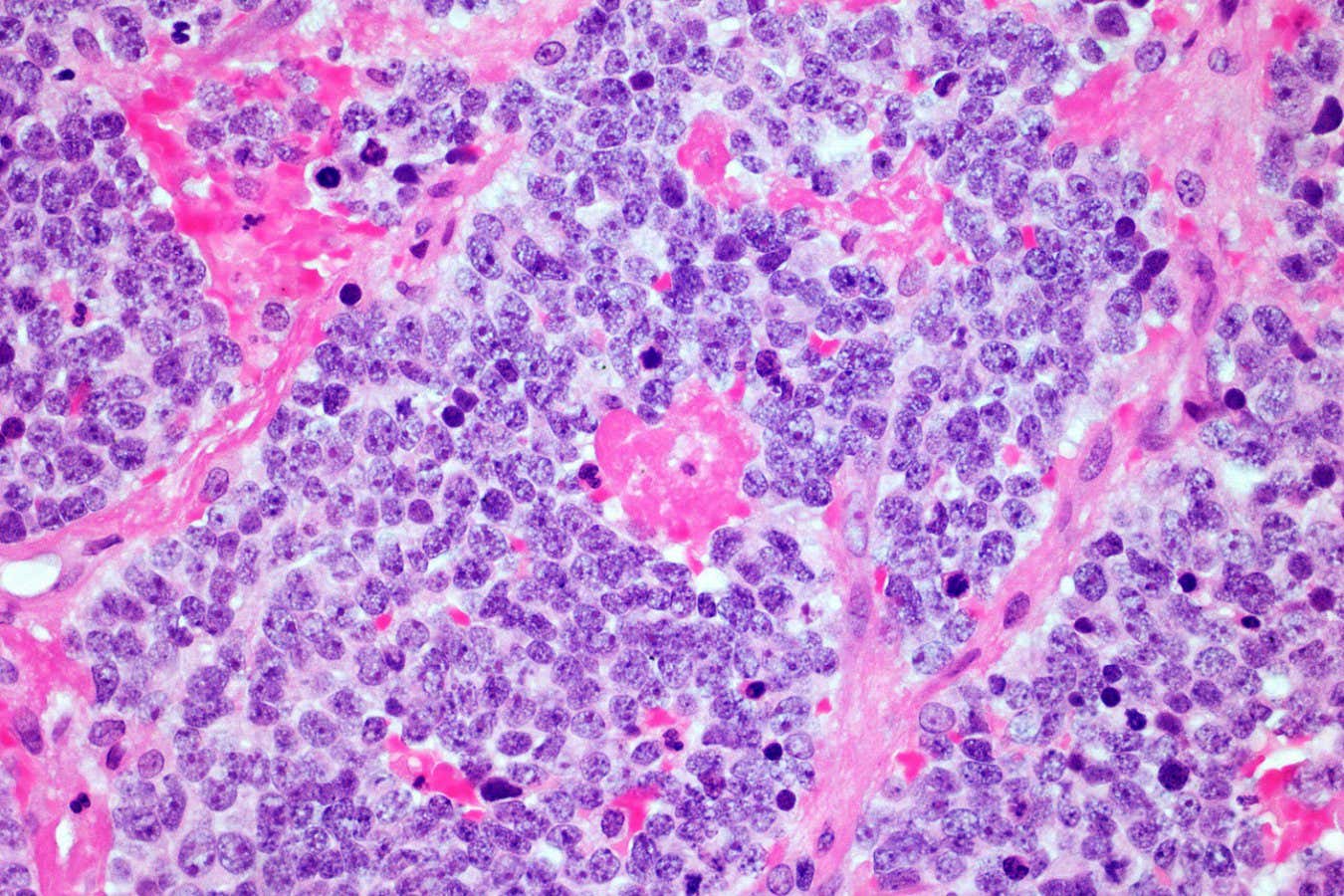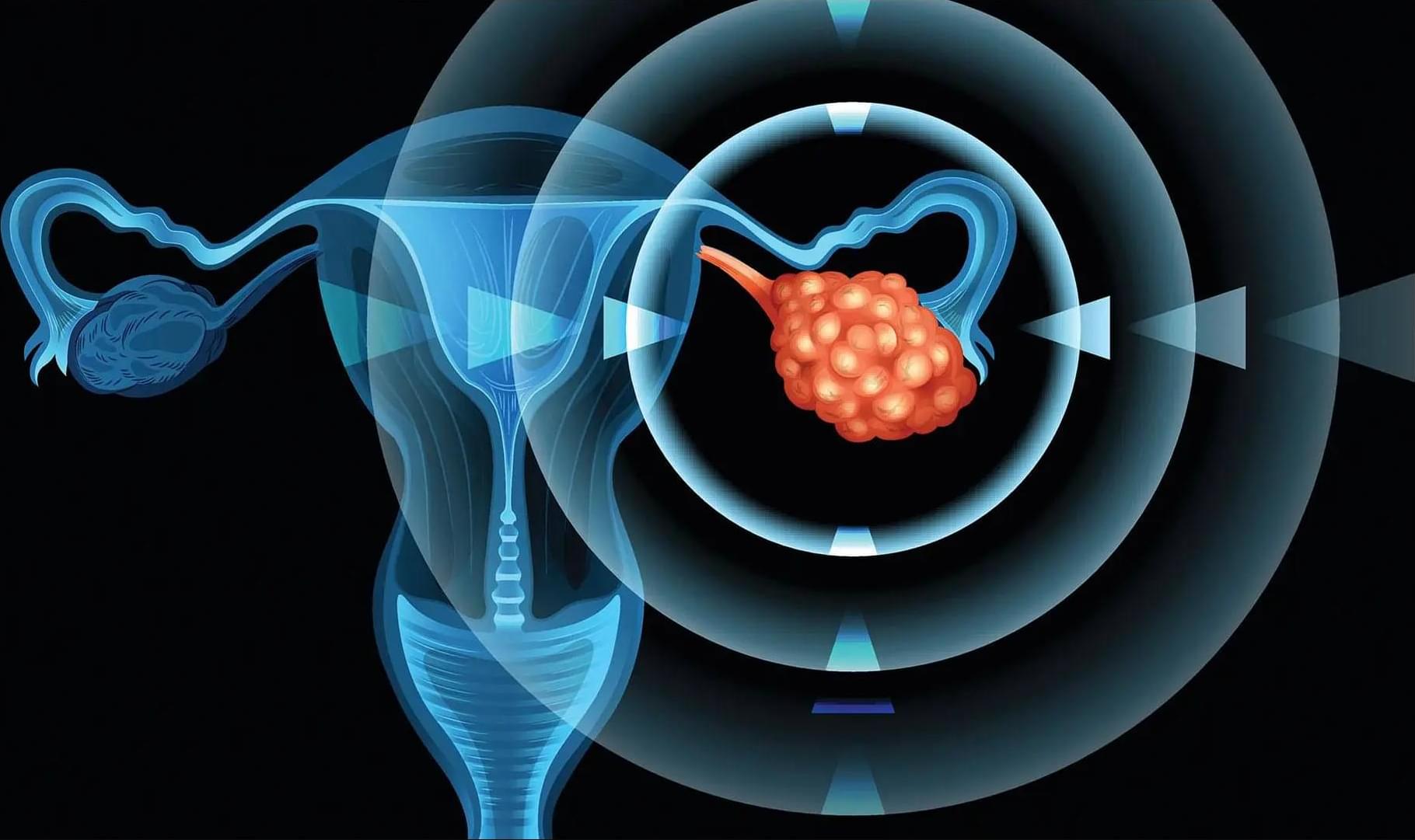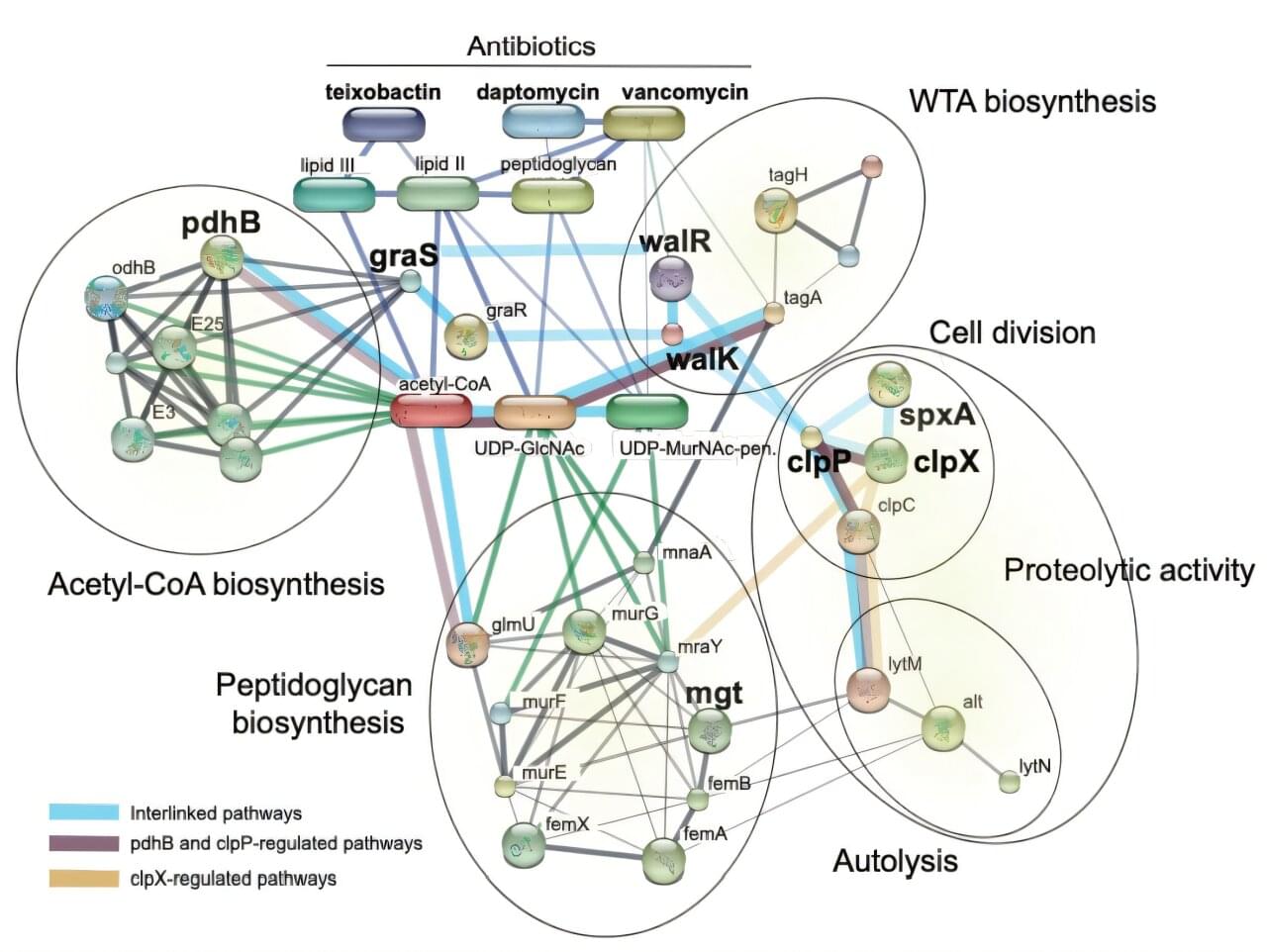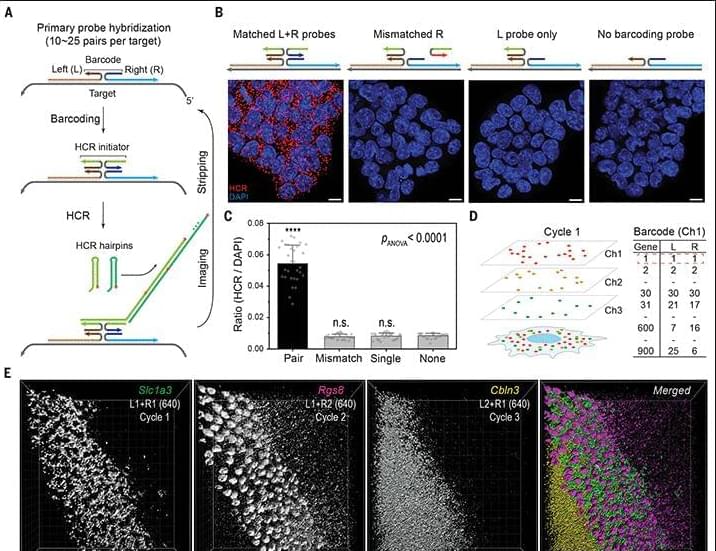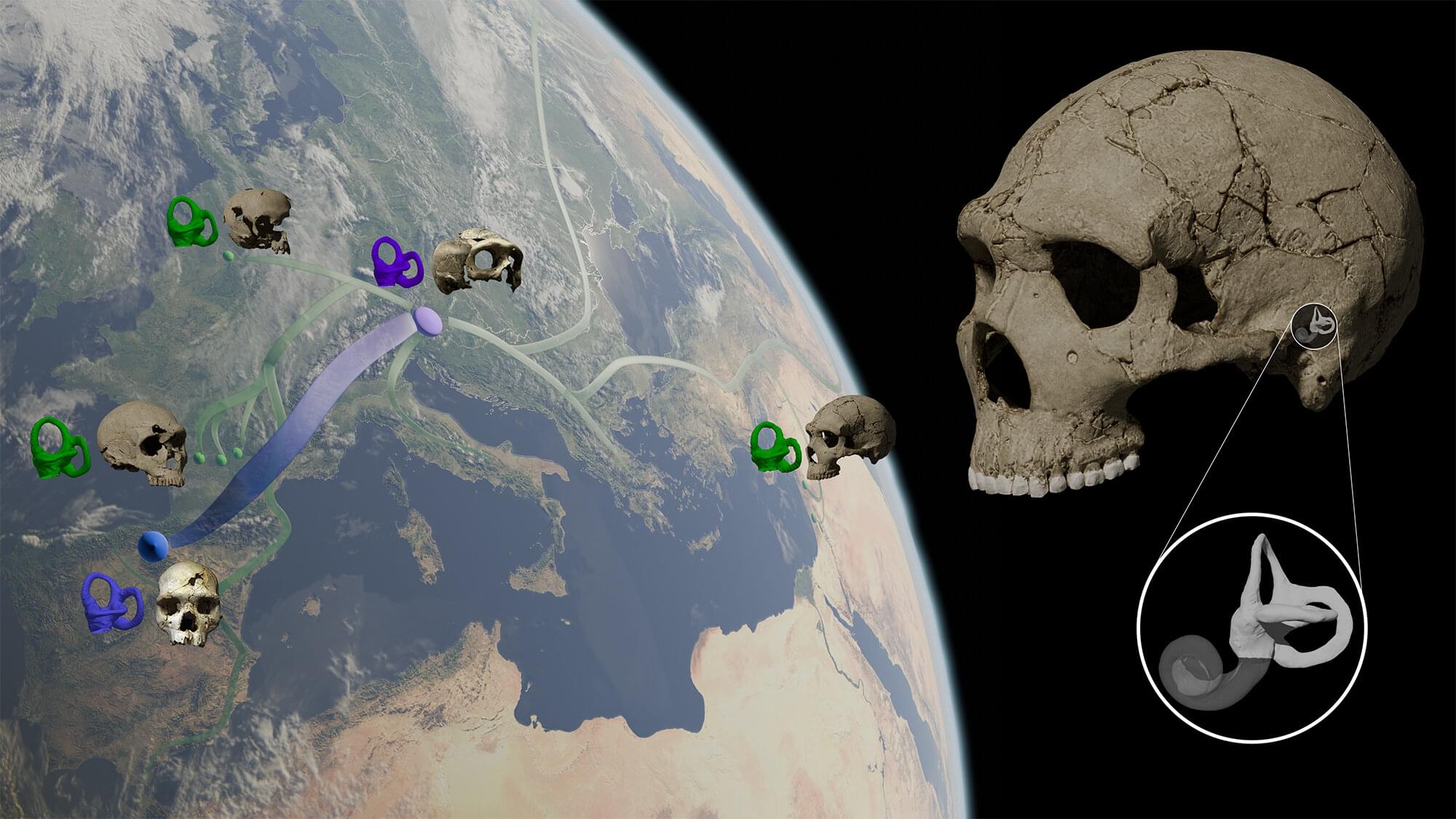Forever chemicals affect your genes, according to a recent study.
Scientists have identified 11 genes that are consistently impacted by exposure to harmful chemicals that are found in everything from drinking water to food packaging.
Forever chemicals, also known as PFAS, are a global health concern. PFAS or “per-and poly-fluorinated alkyl substances” are also found in common household objects such as non-stick pans, stain or water-resistant materials as well as paints, carpets and clothes.
They are persistent in the environment and can accumulate in our bodies over time. They have been linked to a range of negative health outcomes, including impacting our genes. Some of the 11 genes that were impacted by PFAS are vital for neuronal health, and they showed altered expression levels after exposure to PFAS compounds. This discovery suggests these genes could serve as potential markers for detecting and monitoring PFAS-induced neurotoxicity.
However, the study also revealed that hundreds of other genes responded differently depending on the exact PFAS compound. While PFAS are known to accumulate in the brain due to their ability to cross the blood-brain barrier, this research provides new insights into the intricate ways these chemicals can interfere with gene expression and potentially disrupt our health. Concerns about PFAS stem from their potential health effects, which may include immune deficiency, liver cancer, and thyroid abnormalities. Due to their persistence and potential health risks, many governments are taking steps to regulate or ban the use of PFAS in various products.
These toxic chemicals are so common in consumer products and manufacturing that they’re everywhere—including inside our bodies.


